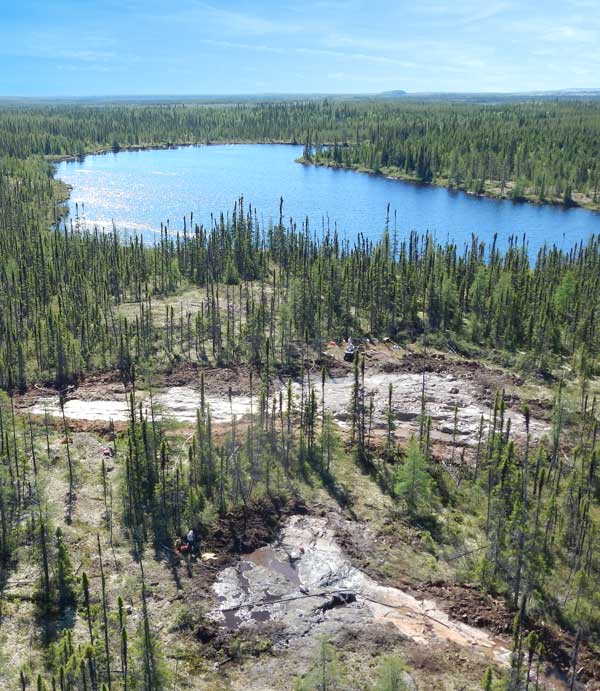Here’s how to avoid being caught in mining scams

Calling a class “bullshit,” and in public, would normally be considered inappropriate, but there’s one where students can get away with it.
Two University of Washington professors are teaching a course to help learners “think critically about the data and models that constitute evidence in the social and natural sciences,” according to the introduction to the course.
At the end of it, students should be able to “provide your crystals-and-homeopathy aunt or casually racist uncle with an accessible and persuasive explanation of why a claim is bullshit,” according to the syllabus.
These courses can help you identify and evaluate the risks involved in mining investments before it’s too late.
Simon Houlding, Vice-President of Professional Development for InfoMine Inc., and head of EduMine, the professional development division, believes the course could potentially be a useful tool for trying to make sense of mining news and reports.
Resource companies could benefit too, especially when it comes to monitoring and limiting financial and political risk associated to their operations and projects.
The course, also available online, might have even prevented investors from falling for some of the worst mining scams, such as Canada’s Bre-X Minerals, which shook Bay Street in the 1990s when its claims about an Indonesian gold find turned out to be fake, according to Houlding.
Calling Bullshit in the Age of Big Data, is not the only, nor the first course to deal with topics related to mining scams and the risk of investing in juniors. EduMine’s 360° Mining and An Introduction to Mining Investment – Understanding the Risks both provide in-depth information on how to identify and evaluate the risks involved in mining investments and hence make informed decisions about how and when to invest in a mine or mining company.
For more information and to register, please visit: http://www.edumine.com/courses/online-courses/
More News
California start-up launches next-generation magnesium production technology
May 28, 2025 | 03:09 pm
{{ commodity.name }}
{{ post.title }}
{{ post.date }}


Comments
Old Timer
When somebody makes a claim that is clearly unrealistic it puts the rest of what they are saying in doubt. The promoters of this course claim that “The course … might have even prevented investors from falling for some of the worst mining scams, such as Canada’s Bre-X Minerals”. Since this particular scam involved the systematic salting of the samples and was not picked up until twinned holes were drilled as part of the due diligence by Freeport I’d be very interested to read how the promoters of this course would have spotted this as a scam. While this course may be useful for investors, as far as this claim is concerned I say “Bullshit!”.